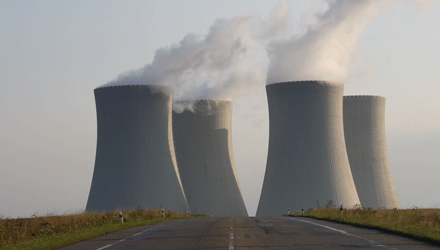
In 2010, after three decades of work at Yucca Mountain and at a cost of over $15 billion of the public’s money, President Obama shut down the only US candidate for burying high-level nuclear waste. The move was political payoff to Senate Majority Leader Harry Reid, a long-time adversary of a repository in his State of Nevada. This was the latest in a long history of setbacks for nuclear waste disposal in the United States.
The Obama administration recently announced a new plan for what to do with the 70,000 tons of spent fuel and high-level defense waste scattered across 121 sites. Start over with a “consent-based approach” with the goal of a repository by 2048.
The technical characteristics of nuclear waste make the disposal problem difficult, yet it is the human factors that have made it so intractable. Among these, are lack of confidence in governments and institutions, and unrealistic demands for earth-science predictions far into the future.
Reasonable assurance of containing nuclear waste initially had to be demonstrated for 10,000 years—the timeframe since the end of the last glacial period and twice as long as written history. With increasing demands for certainty, in 2004, the Yucca Mountain safety standard was changed to one million years into the future. In other words, predictions of radioactive dose rates to a hypothetical person living near Yucca Mountain must remain below regulatory limits into geologic time.
Serious concerns about the long-term consequences of nuclear waste disposal are understandable and appropriate, but only in company with a suitable realism about scientists’ predictive capability. Even when the safety standard was set at 10,000 years, the US National Academy of Sciences warned of the “scientific trap” that results from encouraging the perception of absolute certainty about long-term repository safety.
The demand for such long-term certainty is unique to nuclear waste isolation. Humans continue to deplete the world’s resources, cause mass extinction of species, destroy the ocean’s fisheries, destabilize the world’s climate, and poison the biosphere with persistent toxic chemicals—many of which will outlive the radioactive ones. In these matters, we give little thought for the next generation, let alone many thousands of years in the future.
In contrast to the United States, Finland and Sweden are near the home stretch in opening geologic repositories. The two countries analyze conditions far into the future, but require a much less prescriptive and quantitative analysis. France is also making significant progress toward this goal. The United States, which only a few years ago was in a tie with Sweden for opening the first repository, is now starting over with a nuclear waste program in complete disarray.
Latest Comments
Have your say!